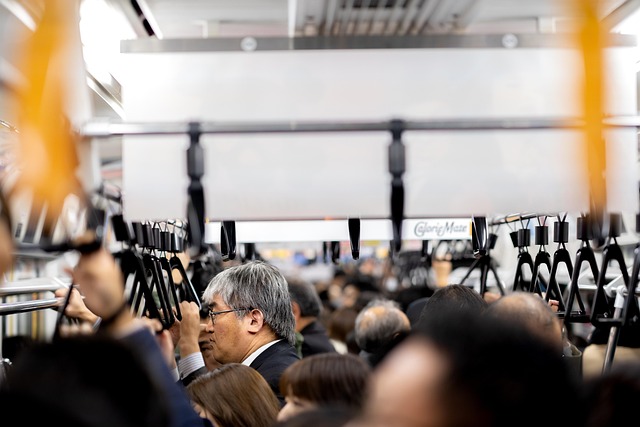Proximity to transit hubs boosts real estate appeal by reducing commute times, encouraging healthier habits, and offering vibrant urban amenities. Developers cater to commuters' needs with location-focused amenities like fitness centers and 24/7 concierge services. Modern urban planning integrates "commute relief" elements for stress-free living, prioritizing residents' quality of life in well-designed spaces.
In today’s fast-paced world, commuters crave convenience. When it comes to real estate, location, amenities, and design play a crucial role in alleviating daily hustle. This article explores how proximity to transit hubs, well-equipped homes, and thoughtful spaces can appeal to on-the-go individuals seeking a smoother commute. By prioritizing these key factors, real estate developers can create desirable properties that cater to the modern commuter’s needs.
Location: Proximity to Transit Hubs is Key

The location of a property is one of the most significant factors for commuters seeking convenience in their daily journeys. Proximity to transit hubs, such as train stations, bus stops, and subway lines, can greatly enhance a real estate asset’s appeal. Those who commute by public transport will appreciate having easy access to reliable and efficient transportation networks. For instance, living within walking distance of a major transit center reduces travel time, allowing residents to catch earlier or later trains or buses, thus ensuring they arrive at work on time without the stress of potential traffic delays.
This convenience also extends beyond individual commutes; it positively influences overall lifestyle choices. With easy access to public transport, residents are more inclined to opt for alternative modes of transportation, such as cycling or walking, contributing to healthier habits and reduced environmental impact. Moreover, proximity to transit hubs can lead to a vibrant urban atmosphere, offering numerous local amenities, restaurants, and entertainment options within a short commute, further enhancing the overall desirability of the neighborhood.
Amenities: Offering Convenience at Home

In today’s fast-paced world, convenience is paramount for commuters seeking a home that aligns with their on-the-go lifestyle. Real estate developers are responding by integrating top-notch amenities directly into residential properties. These include well-equipped fitness centers, rooftop gardens or pools, and 24/7 concierge services—all designed to cater to residents’ immediate needs without them having to leave the premises.
By offering these conveniences at home, real estate is transforming the daily commute experience. Residents can save time and effort typically spent on transportation and errands, instead enjoying a more relaxed pace of life. This shift towards location-focused amenities reflects a growing trend in the real estate market, prioritizing convenience and well-being over traditional proximity to transportation hubs.
Design: Creating Space for Commute Relief

In today’s fast-paced world, convenience is paramount for commuters. Real estate developers and urban planners are therefore designing spaces that cater to this need, offering more than just living areas—they’re crafting sanctuaries for those who navigate bustling city life daily. This shift involves thoughtfully integrating amenities that provide respite during the commute, such as serene green spaces, well-lit pathways, and efficient transportation hubs.
These designed interventions not only enhance the physical experience but also positively impact mental well-being, allowing commuters to unwind, recharge, and connect with their surroundings. As urban landscapes continue to evolve, prioritizing these “commute relief” elements in real estate projects will be key to creating vibrant, livable cities that prioritize residents’ overall quality of life.






